The first Hortifrut container of Peruvian blueberries was opened at Shenzhen port on July 19th. The product arrived in good quality and started selling in the Guangzhou Jiangnan wholesale market at a good price.
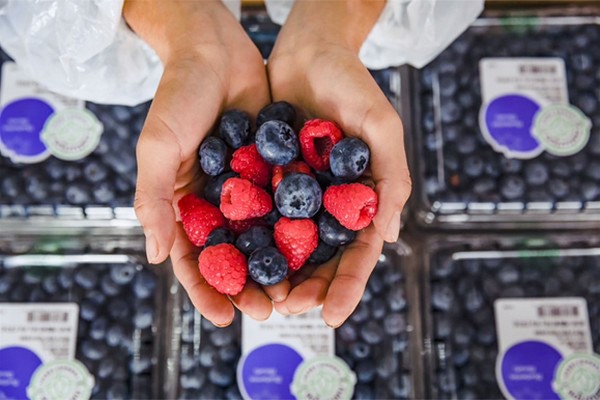
Sandra Wenz, Hortifrut's Asia Platform Commercial Manager said: “The blueberries that arrived are Ventura and Magnifica varieties. Both arrived in great condition, great bloom, and with good size and firmness, and especially the Magnifica variety has a high brix level.”
“The blueberries were well received in the market. They were swiftly delivered to the wholesalers and retailers, and the prices ranged between 130-140 yuan [19.27-20.76 USD]. Several pallets of blueberries were immediately bought as the container arrived at the Guangzhou Jiangnan wholesale market. Most of the buyers are wholesalers from north China.” Sandra said. “We hope to receive the same quality blueberries in the upcoming containers that should arrive in the coming days. They will hopefully receive the same market conditions when they reach China.”
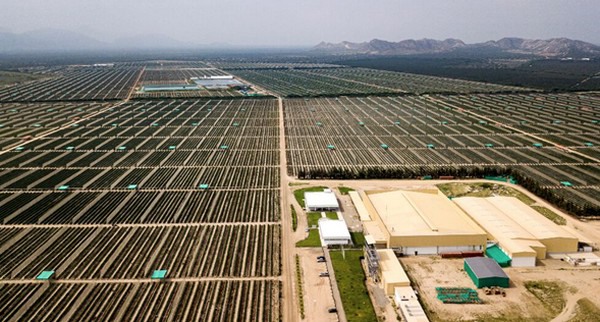
“We expect to send 40% more blueberries to China this season”
Sandra then introduced how the Peruvian blueberry season has gone so far: “Thanks to the unique climate conditions in Peru, we can produce throughout the whole year. This year we are quite late, because we have not had a mild winter like in the previous season that allowed us to kick off our Peruvian exports in mid-May. We have sent some air shipments to ASEAN countries and others to India, and we received excellent client feedback. And now we are excited about the arrival of our first ocean shipment to China.”
“According to Proarandanos data, last season (21/22) the Peruvian blueberry production grew by 30% reaching 222 million kilos. Peruvian blueberry export to China expanded by 68%, which shows the attractiveness of the Chinese market. This season (22/23) the Peruvian production volume is projected to reach 286 million kilos, representing an overall growth of 28%. And the export volume to China would reach 40 million kilos, which means 50% growth year on year.”
Sandra added: “Hortifrut has been committed to Peruvian production. Now we have around 1,900 productive hectares in Trujillo and another 400 hectares in Olmos, which allow us to grow at the pace that the industry requires. For example, last season (21/22) we sent 4.3 million kilos of blueberry to China and this season we expect 40% more. It is our aim to remain one of the main exporters from Peru. ”
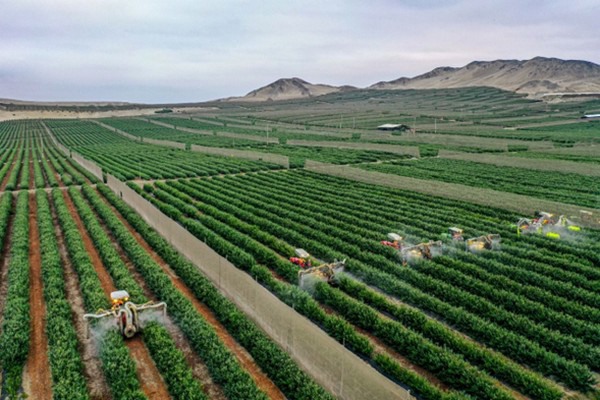
“We strive to reduce the transit time”
Gustavo Salinas is the Chief Operations Officer at Hortifrut. “Last season we worked hard to reduce the transit time to China. In response to a complicated situation, we developed a strategy that distributed our shipments among available services, and we got significant results. The transit time of the industry was 39 days average to China, but we managed to have an average transit time of 35 to 37 days.”
“But the upcoming season seems to be not that promising. We were planning to use 5 boats with Peruvian services, but all of them have experienced performance instabilities in the last few months. Their transit times are as long as last year.” Gustavo said. “Recently we heard good news, that AN2 service (Hapag Lloyd + ONE + MSC) will be available once more. The transit time is not as short as the 27 days it used to be, but will take around 31 days to the port of Hong Kong.”
According to Gustavo, besides the long transit time, the high shipping cost is also challenging this year. “The shipping cost has doubled compared with what we had in 2021.” When asked who will absorb that cost, Gustavo said, “We cannot do anything about the shipping cost, but we try to send the highest quality products, and reduce any setback that stems from the performance instabilities of shipping lines.”
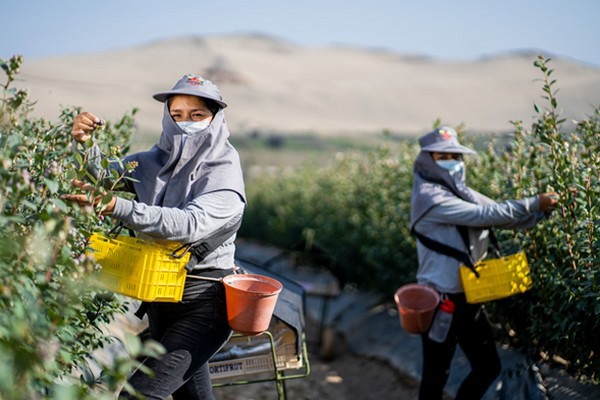
“Our genetic program helps us find new varieties for the Chinese market”
“Thanks to the great work of our principal strategic partner JWM and our office SVA Fruits Shanghai, we started exporting berries to China as soon as permission was granted in 2011. Our goal does not stop there, we continue to send varieties that meet Chinese consumer preferences. Being consistent is key to success in this market and we strive to give the best consumer experience possible. We aim to cultivate repeat customers, because we cannot forget that China is a premium market that seeks high standards, great firmness, size and high Brix levels. Our genetic program certainly helps us find new varieties that will compete with the best already existing in the market.”
According to Sandra, firm blueberries with high brix levels can get attractive prices in China, as these characteristics are recognized by local consumers. “Fruits with these characteristics can reach sale prices between $10,0 to $12,0 USD/kg, while for normal varieties the price is only $6,0 to $7,0 USD/kg. This gap makes China a very special and dynamic market, and highly sensitive to the quality levels we reach as an industry, hence the importance of reaching the desired quality, improving the consumer experience and thus being able to increase those prices, something Hortifrut has been working on for several seasons.”
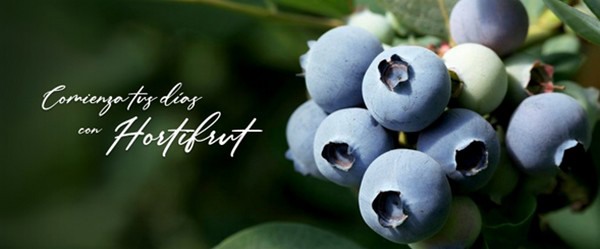
Big price difference between quality classes
Max Leiva is the General Manager SVA Fruits Shanghai. He shared some insights in the Chinese market: “Peru is increasing its export volume to China in recognition of the importance of this market. The quantity and quality of export fruits increases year by year. On the channel side, many of our fruits go directly from the vessel to distribution centers in Shanghai and Shenzhen, and then on to the shelves of our clients. Now we are trying to increase our market share in the retail by offering sweeter varieties with a longer shelf-life. We have invested in our Super Sweet product line, as there is a big demand for these varieties.” Max said.
“We also see an increased demand for premium fruit, especially from retailers. The market will pay for the fruit that arrives in good condition, having been through excellent post-harvest treatment. As for the price, we see a big difference between a good and a medium class of delivered fruit, the price difference can be as much as 30-50 yuan [4.45-7.41 USD].
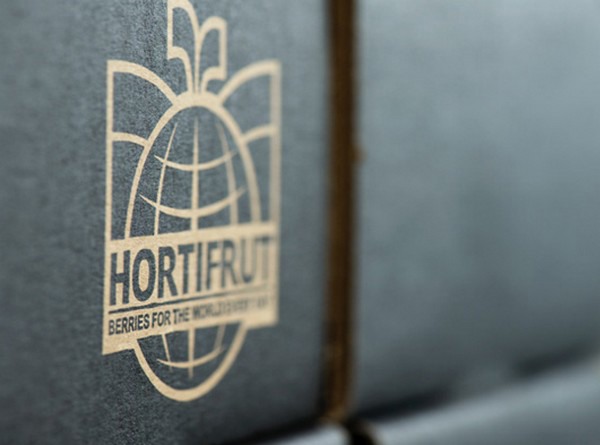
“We are looing for good production regions in China”
"We aim to offer berries to the world the whole year round. So besides Peruvian crops, we are also investing in other regions like Chile, Mexico and China where the domestic blueberry is improving year by year in quality and volume. In China, we focus in particular on the Yunnan, Dandong and Qingdao regions and we are still looking for other good production regions.
“With the COVID outbreak, people began to understand the importance of healthy habits, and the blueberry is a perfect example of a healthy fruit. The blueberry is chock-full of essential nutrients that can protect us during these challenging times, and being able to supply this amazing product is something that makes us feel proud,” Sandra said.
For more information:
Sandra Wenz
Hortifrut
Email: [email protected]
www.hortifrut.com
